Switching to solar energy is an excellent way to reduce your carbon footprint, lower energy bills, and gain energy independence. However, understanding home solar systems and batteries can seem daunting. In this blog, we’ll simplify everything you need to know about home solar and batteries, making it easy to make an informed decision.
Why Go Solar?
Going solar offers home and business owners various benefits including:
Environmental Benefits: Solar energy is a clean, renewable resource that helps reduce greenhouse gas emissions and dependence on fossil fuels.
Cost Savings: Installing solar panels can significantly reduce electricity bills. With the addition of solar batteries, you can store excess energy and use it during peak hours, further maximising your savings.
Energy Independence: Solar panels combined with solar batteries provide a reliable power source, protecting you from rising energy costs and grid outages.
Understanding Home Solar Systems
Solar Panels: Solar panels are the core component of a solar energy system; they capture sunlight and convert it into electricity. They come in various types, including monocrystalline, polycrystalline, and thin film, each with different efficiency levels and costs.
Inverters: Inverters convert the direct current (DC) generated by solar panels into alternating current (AC), which most home appliances use.
Mounting Systems: Solar panels are typically mounted on rooftops or ground-based structures. The mounting system ensures that panels are securely positioned to capture maximum sunlight.
Solar batteries provide a reliable backup power source during grid outages, ensuring that your essential appliances and systems keep running.
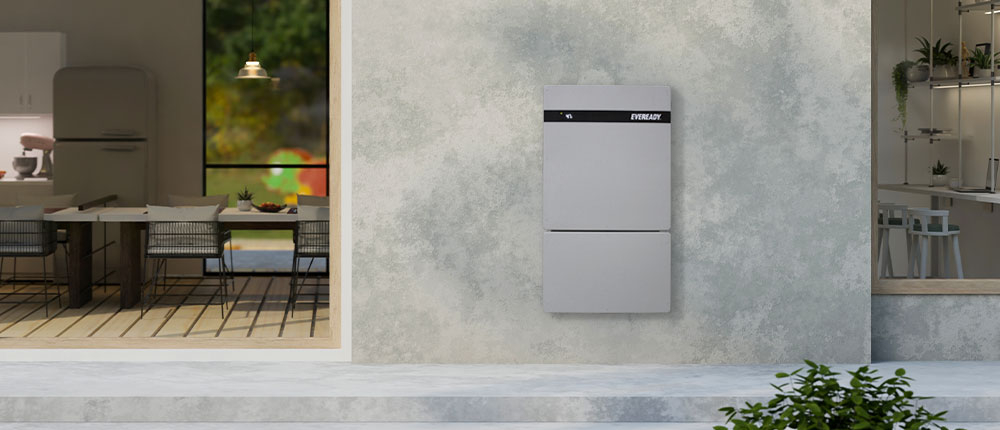
The Role of Solar Batteries
Energy Storage: Solar batteries store excess energy your solar panels generate. This stored energy can be used at night, on cloudy days, or during power outages.
Cost Management: By storing and using your solar energy, you can reduce your reliance on the grid and avoid peak electricity rates, leading to significant cost savings over time.
Backup Power: Solar batteries provide a reliable backup power source during grid outages, ensuring that your essential appliances and systems keep running.
Types of Solar Batteries
Lithium-Ion Batteries: The most popular type of solar battery, lithium-ion batteries offer high efficiency, a longer lifespan, and greater energy storage capacity than other options.
Lead-acid batteries: These batteries are less expensive but have a shorter lifespan and lower efficiency than lithium-ion batteries. They are suitable for smaller solar installations or backup power systems.
Flow Batteries: Flow batteries offer a longer lifespan and can handle more charge-discharge cycles than other types. They are a good choice for large-scale solar installations.
Key Considerations for Choosing Solar and Battery Systems
Energy Needs: Assess your household’s energy consumption to determine the size and capacity of the solar and battery system you need.
Budget: While solar panels and batteries can be a significant investment, they offer long-term savings. Consider available incentives, rebates, and financing options to make the investment more affordable.
Location: Your location affects the amount of sunlight your panels can capture. Determine your roof’s angle to the sun and the surrounding trees or buildings that cause shading that will affect energy production
Maintenance: Solar panels require minimal maintenance, typically periodic cleaning and inspections. Solar batteries also need occasional checks and software updates to ensure optimal performance.
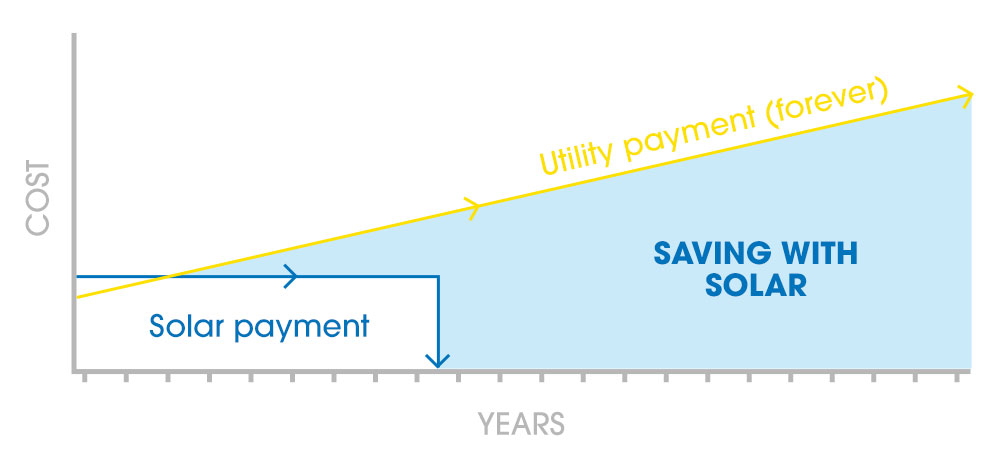
Switching to solar energy and integrating a battery storage system can provide numerous benefits, from cost savings to energy independence.
Making the Switch: Steps to Install Solar and Battery Systems
Consultation: Start by consulting with a reputable solar installer to discuss your energy needs, budget, and goals. They can provide a customised quote and system design.
Site Assessment: The installer will assess your roof or property’s suitability for solar panels and determine the best placement.
Installation: The installation involves mounting the solar panels, connecting the inverters, and integrating the battery system. This typically takes a few days to complete.
Inspection and Activation: The system will be inspected after installation to ensure it meets local regulations and standards. From there, you can start generating your own power!
Switching to solar energy and integrating a battery storage system can provide numerous benefits, from cost savings to energy independence. By understanding the components and considerations, you can make a well-informed decision that meets your energy needs and budget.
Solar Battery Group is here to help you every step of the way. Contact us today to learn how we can simplify your transition to solar energy. Or request a call back here.

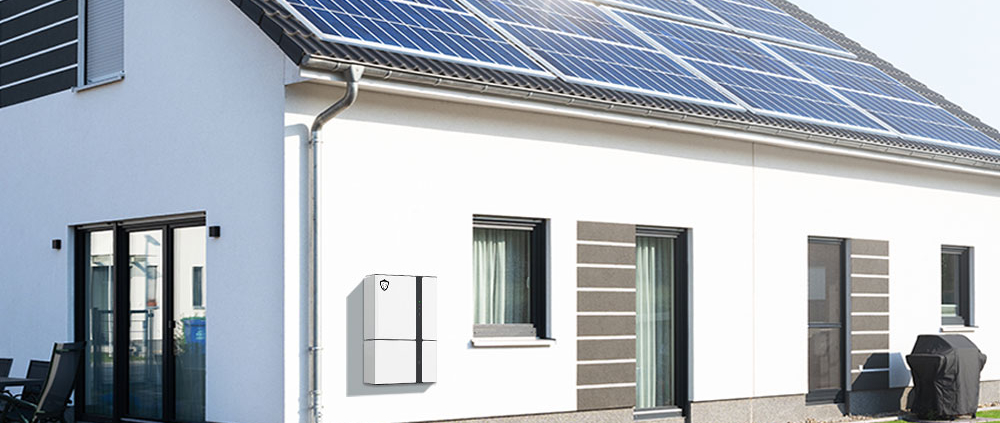 Solar Battery Group
Solar Battery Group Solar Battery group
Solar Battery group Solar Battery Group
Solar Battery Group Solar Battery Group
Solar Battery Group Solar Battery Group
Solar Battery Group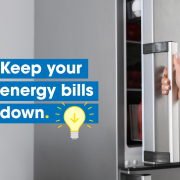 Solar Battery Group
Solar Battery Group Solar Battery Group
Solar Battery Group Solar Battery Group
Solar Battery Group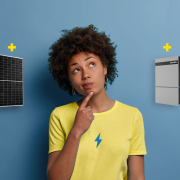 Solar Battery Group
Solar Battery Group


 Solar Battery Group
Solar Battery Group Solar Battery Group
Solar Battery Group